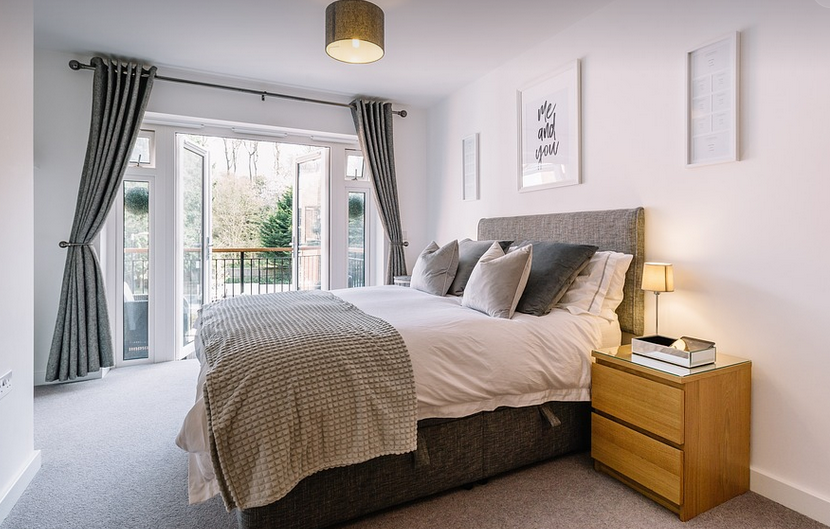
How To Import Roblox Models Into Blender In 2025
A Quick Guide for Roblox Enthusiasts
Let’s face it, Roblox models are pretty awesome. We all love the detailed characters, intricate environments, and unique creations that pop out from the platform, right? But what if you wanted to push your work even further with Blender’s power? You might be wondering: “How can I import those cool Roblox models into Blender?” Well, fear not! This guide will walk you through the process step-by-step. We’re diving into the world of 3D modeling and taking a peek at how to seamlessly integrate your beloved Roblox creations with Blender’s vast capabilities.
The journey from Roblox to Blender is surprisingly straightforward, especially considering the complexity of models! Here’s why we’ll explore this fascinating crossover:
**1. Unleashing Creativity: Why Blender?**
Blender isn’t just a 3D modeling program; it’s a full-fledged digital sculpting and animation powerhouse. It offers a massive toolkit for creating anything you can imagine—from intricate character models to breathtaking landscapes. If you enjoy the vibrant world of Roblox, Blender opens doors for even more creative exploration.
**2. Understanding Export Formats**
First things first, let’s understand how we move from the Roblox universe into Blender. This is where export formats come in, acting as translators between your game and Blender.
Roblox models are usually exported in a format called **FBX**. FBX (pronounced “F-B-ex”) stands for *File Format Exchange*. Think of it like a universal language that lets Roblox’s intricate details communicate with Blender’s sophisticated tools.
**3. Setting Up Your Export**
In the world of Roblox, you have a choice: export as a standalone model or as an animated sequence. As we start our journey into Blender, let’s focus on exporting your models directly to FBX format.
**4. Importing Your Model**
Now for the exciting part—importing those Roblox files! In Blender, you can import models from various file formats (FBX, OBJ, STL, etc.) using the “File” menu or by pressing the shortcut key ‘Ctrl+N’. You’ll notice that Blender has a dedicated “Import” window.
**5. Exploring Your New Model**
Once your model is imported, you’re in for a treat! Blender offers features to: examine the details of your models, edit their mesh structure (if needed), and even test out animations. It’s like having an interactive workshop where you can refine, shape, and bring your Roblox creations to life.
**6. Building Your World**
Now that you have your model in Blender, it’s time to add some extra flair! Think of Blender as a giant canvas waiting for your imagination to fill it. You can add lighting effects, textures, and even create animations based on the way you see your Roblox model come alive.
**7. Sharing Your Creations**
Once you’re happy with your creations, Blender lets you export them into various formats for sharing! You can share as a static image or even a high-resolution animation. You’ll be able to seamlessly share your masterpieces with the world.